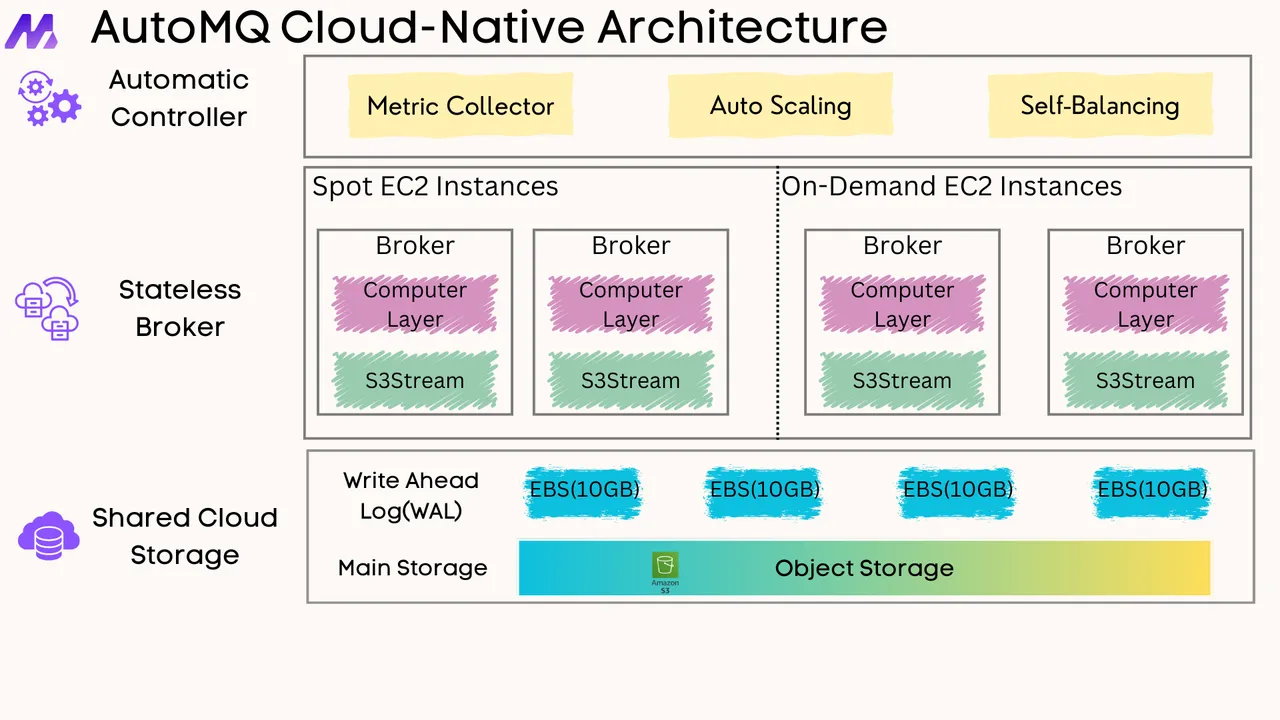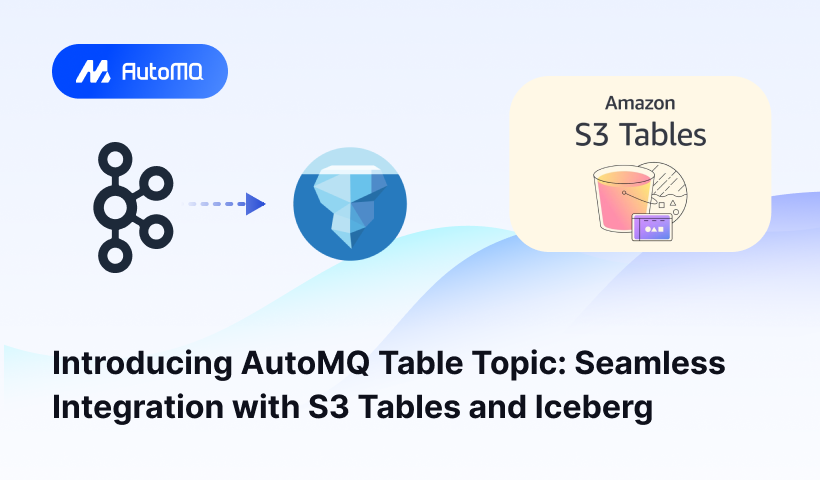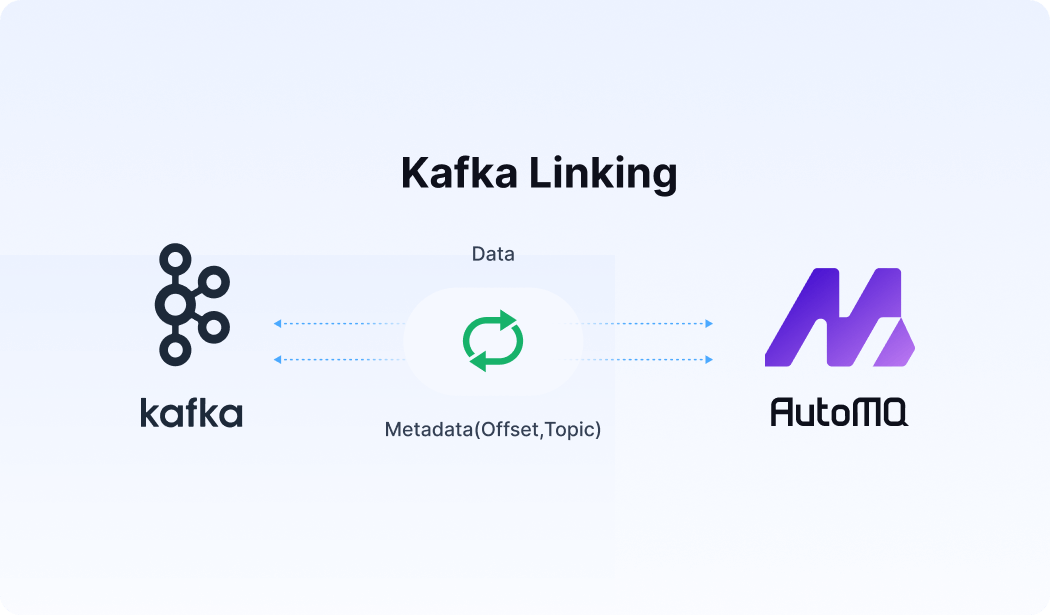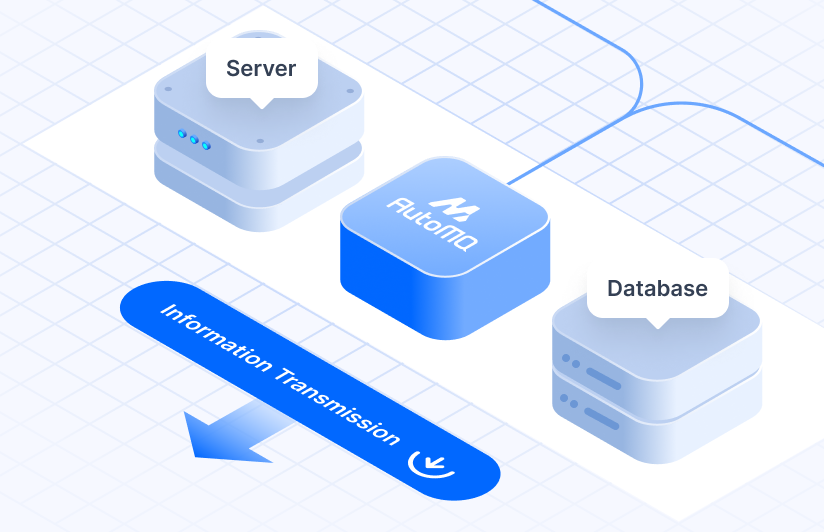Introduction
Apache Kafka and MQTT are two popular but fundamentally different messaging technologies. While both enable communication between applications and systems, they are designed for distinct purposes and excel in different environments. MQTT is renowned for its lightweight nature, making it a staple in Internet of Things (IoT) and edge computing scenarios. In contrast, Apache Kafka is a powerhouse for high-throughput, scalable stream processing in backend systems [1].
Choosing between them, or deciding if they can work together, requires a clear understanding of their core architectural philosophies and how they compare across various technical dimensions. This blog post provides a detailed comparison to help you make informed decisions for your specific messaging needs.
Fundamental Design and Communication Models
MQTT (Message Queuing Telemetry Transport) operates on a publish-subscribe model with a central message broker. Clients, which can be publishers or subscribers, connect to this broker. Publishers send messages categorized by "topics" to the broker, which then filters and forwards these messages to clients subscribed to those topics [2, 3]. This model decouples publishers from subscribers; they don't need to know about each other's existence or location. The MQTT protocol itself is designed to be lightweight, with a small header footprint, minimizing network bandwidth and device resource requirements, which is crucial for constrained environments [4].
![MQTT Broker Overview [16]](https://static-file-demo.automq.com/6809c9c3aaa66b13a5498262/69099d7b899670355fc7b6a0_67480fef30f9df5f84f31d36%252F685e669f7bbc9ee148524eca_LLu7.png)
Apache Kafka , on the other hand, is architected as a distributed streaming platform. It functions like a distributed commit log where data is organized into "topics." These topics are further divided into "partitions," which are ordered, immutable sequences of records [5, 6]. Producers write records to these partitions, and consumers read from them. Kafka's brokers (servers) manage these partitions, storing data durably to disk. This design allows for high throughput and fault tolerance through replication and distribution of partitions across a cluster of brokers [6]. Unlike MQTT's often transient message handling, Kafka is built for persistent storage and replayability of messages [7].
![Apache Kafka Overview [17]](https://static-file-demo.automq.com/6809c9c3aaa66b13a5498262/68f5ebc2f4aa6742a902e26a_67480fef30f9df5f84f31d36%252F685e62750df4a037e5bcd8c2_hRzi.png)
Detailed Feature Comparison
Let's delve into a side-by-side comparison across key technical attributes:
Primary Use Case & Design Goals
MQTT: Primarily designed for telemetry and remote device communication where network bandwidth is limited, connections might be unreliable, or device resources (CPU, memory, power) are constrained [1, 4]. Think of sensors, mobile devices, and embedded systems.
Kafka: Built as a high-throughput, fault-tolerant, and scalable platform for ingesting, storing, and processing massive streams of data in real-time [6]. It serves as a central data backbone for large-scale applications, analytics, and event-driven architectures.
Protocol and Message Format
MQTT: Uses a lightweight binary protocol over TCP/IP. Its message structure consists of a fixed header (as small as 2 bytes), an optional variable header, and a payload that can be up to 256MB, though typically much smaller in practice [8]. The protocol itself is simple to implement.
Kafka: Also uses a binary protocol over TCP/IP, optimized for performance. A Kafka message (or record) includes a key (optional, used for partitioning), a value (the actual payload), a timestamp, and headers for metadata. Kafka itself is agnostic to the data format of the payload, relying on client-side serialization/deserialization using formats like JSON, Avro, or Protobuf [7].
Scalability
MQTT: An MQTT broker can scale to handle a very large number of concurrent client connections (often millions), depending on the broker implementation [1]. However, the message throughput of a single broker instance can be a limiting factor. Scaling MQTT for higher message rates often involves clustering brokers, which adds complexity.
Kafka: Designed for horizontal scalability in terms of message throughput. By adding more brokers to a cluster and distributing topic partitions across them, Kafka can handle extremely high ingress and egress data rates [6, 9]. Consumer scalability is achieved by adding more consumers to a consumer group, allowing parallel processing of partitions [5].
Performance and Data Throughput
MQTT: Offers low latency for small messages due to its minimal overhead, which is beneficial for responsive command-and-control scenarios [1]. Its data throughput is generally moderate and heavily dependent on the broker's capabilities and network conditions.
Kafka: Optimized for high data throughput. It achieves this through techniques like batching messages (both on the producer and consumer side) and sequential disk I/O [7, 10]. While individual message latency might be slightly higher than MQTT for single, small messages due to batching, its aggregate throughput is significantly greater.
Message Delivery Guarantees
MQTT: Provides three Quality of Service (QoS) levels [3]:
QoS 0: At most once (fire-and-forget).
QoS 1: At least once (acknowledgment-based, duplicates possible).
QoS 2: Exactly once (four-part handshake, ensures no loss or duplication).
Kafka: Offers delivery semantics primarily through producer acknowledgment settings (
acks=0,acks=1,acks=all) and consumer commit logic [5, 10].acks=0: At most once.acks=1: At least once (written to leader, but could be lost if leader fails before replication).acks=all: At least once (written to leader and all in-sync replicas).Exactly-once semantics in Kafka can be achieved through a combination of idempotent producers, transactions, and careful consumer-side processing or via its Streams API [7].
Message Ordering
MQTT: Guarantees message ordering for messages published on the same topic with the same QoS level from a single publisher, if the broker processes them sequentially [11]. However, across different publishers or if subscribers use overlapping wildcard subscriptions, the perceived order can vary.
Kafka: Provides strict ordering of messages within a partition [5]. Messages from a single producer sent to the same partition are appended in the order they are sent. If ordering across all messages for a topic is required, the topic must have only one partition, which limits parallelism.
Message Persistence
MQTT: Message persistence is typically limited. Brokers may hold messages for disconnected clients with persistent sessions (for QoS 1 and 2) or the last "retained" message on a topic [3]. It's not designed for long-term message storage.
Kafka: Built for durability and long-term message storage [6, 7]. Messages are written to disk and retained for a configurable period (time-based or size-based) or indefinitely (with log compaction). This allows messages to be re-read by multiple consumers or for historical analysis.
Resource Footprint
MQTT: Clients have a very small resource footprint (memory, CPU), suitable for embedded systems and battery-powered devices [4]. Broker resource usage depends on the number of connections and message rate but is generally lower than a Kafka cluster for similar connection counts.
Kafka: Client libraries can be more resource-intensive than MQTT clients. Kafka brokers themselves require significant resources (CPU, memory, disk I/O) to handle high throughput and storage, typically running on dedicated servers or substantial virtual machines [12].
Complexity of Deployment and Management
MQTT: A single MQTT broker can be relatively simple to deploy and manage. Setting up a clustered, highly available MQTT deployment requires more effort.
Kafka: Deploying and managing a Kafka cluster is more complex, traditionally involving managing ZooKeeper for coordination (though this is changing with KRaft, which simplifies things by removing the ZooKeeper dependency) [9]. Operational tasks include monitoring broker health, managing partitions, ensuring data replication, and tuning performance.
Built-in Features
MQTT: The core protocol is focused on message transport. Advanced features like stream processing or complex routing logic are typically not part of the MQTT broker itself but can be built around it [2].
Kafka: Offers a richer ecosystem for data processing. Kafka Streams is a client library for building stream processing applications directly within Kafka [7]. Schema management (often via a separate schema registry) is also a common part of Kafka ecosystems to ensure data quality and evolution [13].
Security
MQTT: Supports security through username/password authentication, client certificate authentication, and TLS encryption for data in transit [11]. Authorization is typically handled via Access Control Lists (ACLs) defined on the broker, controlling which clients can publish or subscribe to specific topics.
Kafka: Provides robust security features, including encryption (SSL/TLS for data in transit), authentication (SASL mechanisms like PLAIN, SCRAM, Kerberos, client certificates), and authorization (ACLs to control access to topics, consumer groups, etc.) [14].
When to Use Which?
Choose MQTT if:
Your primary concern is connecting resource-constrained devices (IoT sensors, embedded systems).
You need to minimize network bandwidth usage over unreliable or high-latency networks.
Low power consumption for client devices is critical.
You require simple publish-subscribe messaging with various QoS levels for device-to-server or device-to-device communication via a broker.
The primary data flow is from many devices to a central point or for command distribution to devices [1, 15].
Choose Apache Kafka if:
You need to build a high-throughput, scalable backend system for ingesting and processing large volumes of data.
Long-term message persistence and replayability are essential.
You require a robust platform for stream processing, event sourcing, or building real-time data pipelines.
The system needs to serve as a central data hub for multiple producer and consumer applications within your data centers or cloud infrastructure [7].
Strict ordering within partitions and the ability to handle terabytes of data are requirements.
MQTT and Kafka: Better Together
In many modern architectures, especially in IoT, MQTT and Kafka are not mutually exclusive but rather complementary. A common pattern involves using MQTT at the edge for device connectivity and data ingestion. MQTT brokers collect data from numerous devices and then bridge this data to a Kafka cluster in the backend [15].
In this setup:
MQTT handles the complexities of device communication, managing numerous connections, and dealing with potentially unreliable networks at the edge.
Kafka then acts as the robust, scalable data backbone, ingesting the aggregated data streams from MQTT brokers. It provides long-term storage, enables complex stream processing, and feeds data to various enterprise applications, analytics platforms, and data lakes.
This hybrid approach leverages the strengths of both technologies: MQTT's efficiency at the edge and Kafka's power in the backend data infrastructure.
Conclusion
MQTT and Apache Kafka are powerful messaging technologies, each tailored for different architectural needs. MQTT excels in lightweight, device-centric communication, making it ideal for IoT and edge applications. Kafka provides a highly scalable and durable platform for managing and processing large-scale data streams in backend systems. Understanding their distinct characteristics, as highlighted in this comparison, is key to selecting the right tool for your messaging challenges or effectively combining them in a comprehensive data architecture.
If you find this content helpful, you might also be interested in our product AutoMQ. AutoMQ is a cloud-native alternative to Kafka by decoupling durability to S3 and EBS. 10x Cost-Effective. No Cross-AZ Traffic Cost. Autoscale in seconds. Single-digit ms latency. AutoMQ now is source code available on github. Big Companies Worldwide are Using AutoMQ. Check the following case studies to learn more:
Grab: Driving Efficiency with AutoMQ in DataStreaming Platform
Palmpay Uses AutoMQ to Replace Kafka, Optimizing Costs by 50%+
How Asia’s Quora Zhihu uses AutoMQ to reduce Kafka cost and maintenance complexity
XPENG Motors Reduces Costs by 50%+ by Replacing Kafka with AutoMQ
Asia's GOAT, Poizon uses AutoMQ Kafka to build observability platform for massive data(30 GB/s)
AutoMQ Helps CaoCao Mobility Address Kafka Scalability During Holidays
JD.comx AutoMQ x CubeFS: A Cost-Effective Journey at Trillion-Scale Kafka Messaging
















.png)






